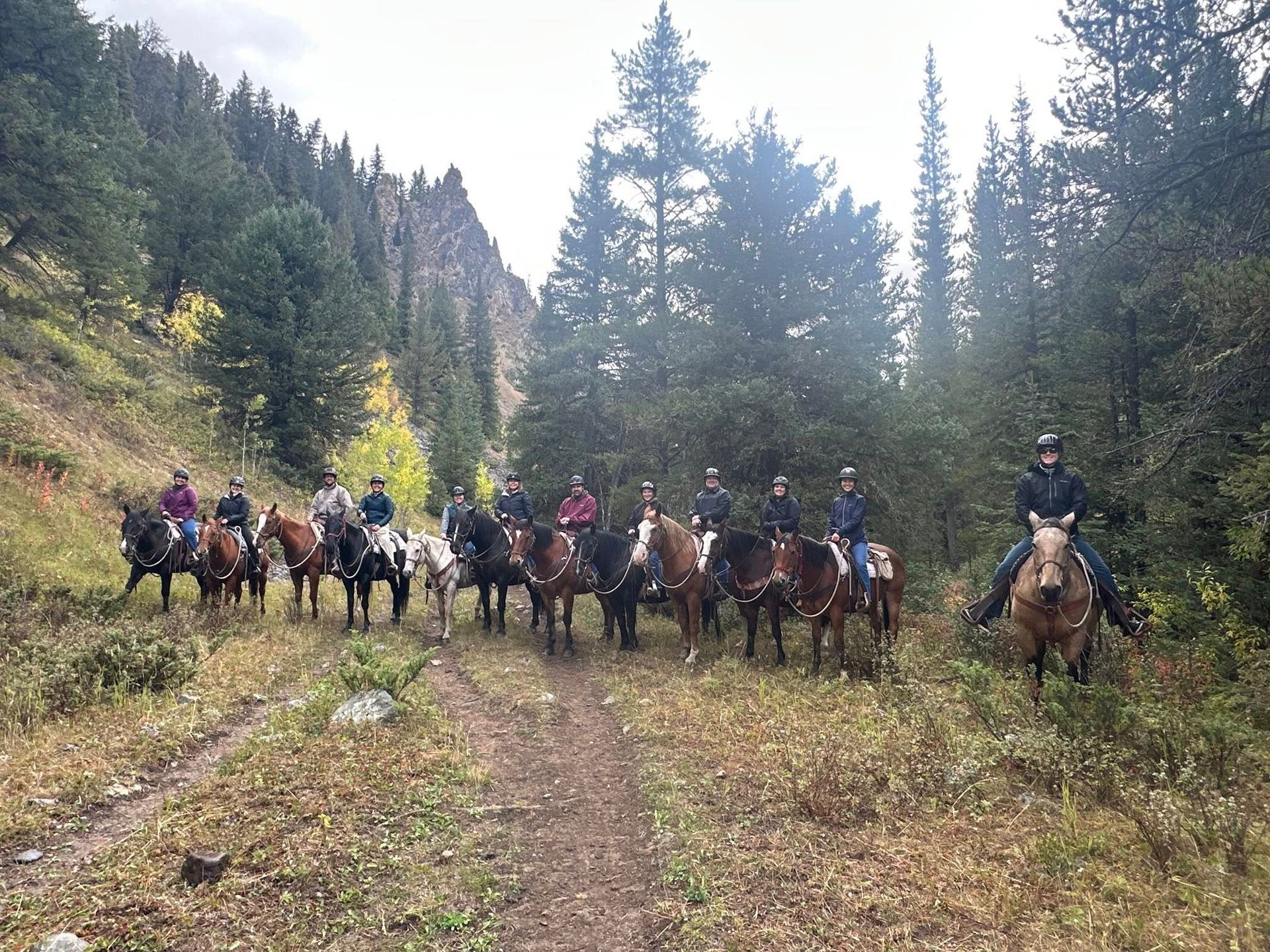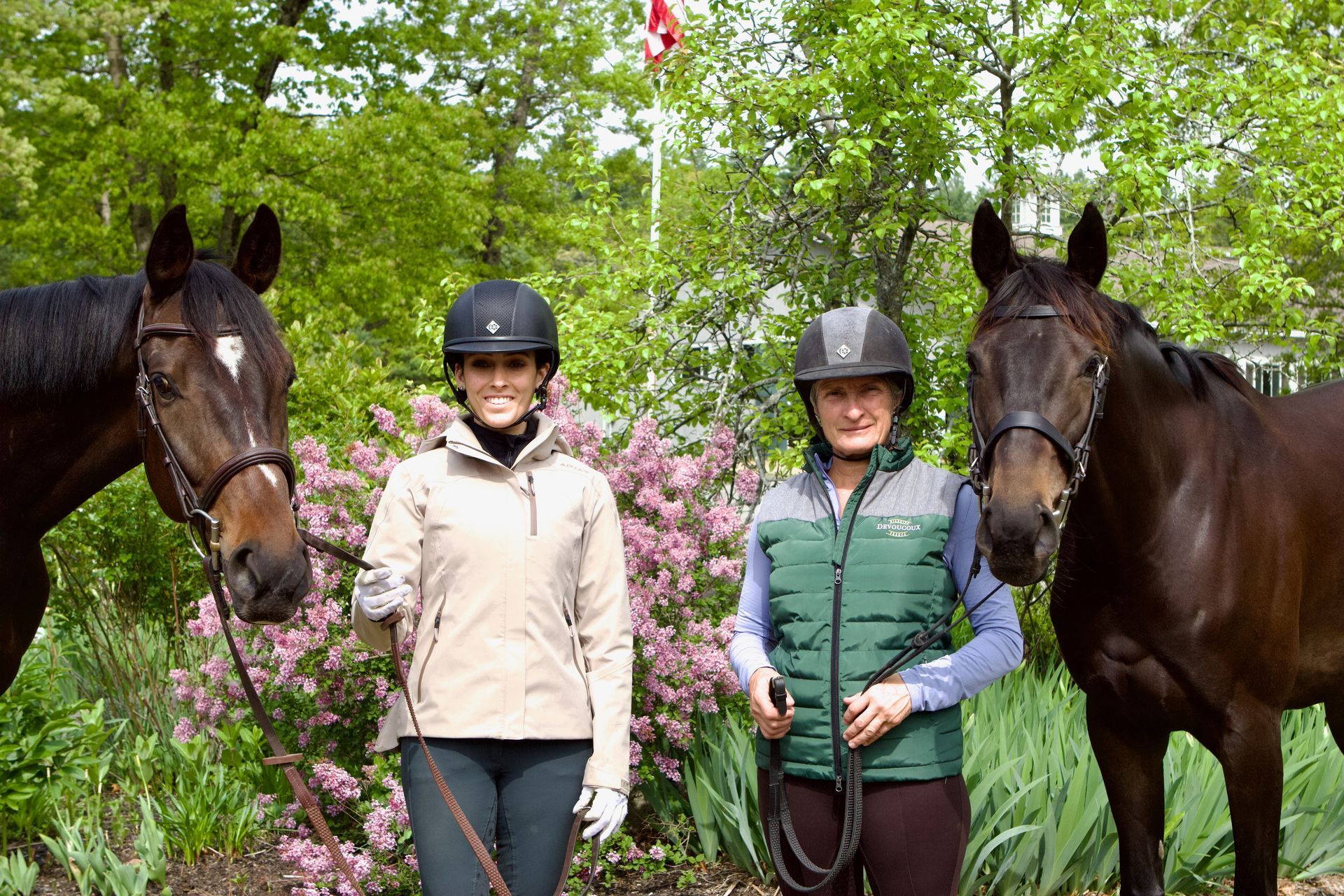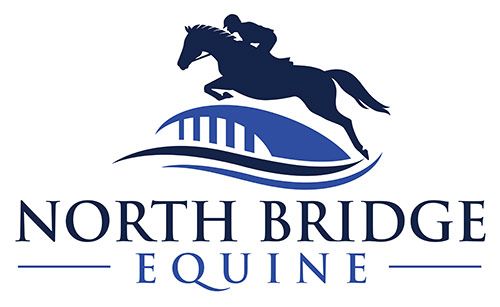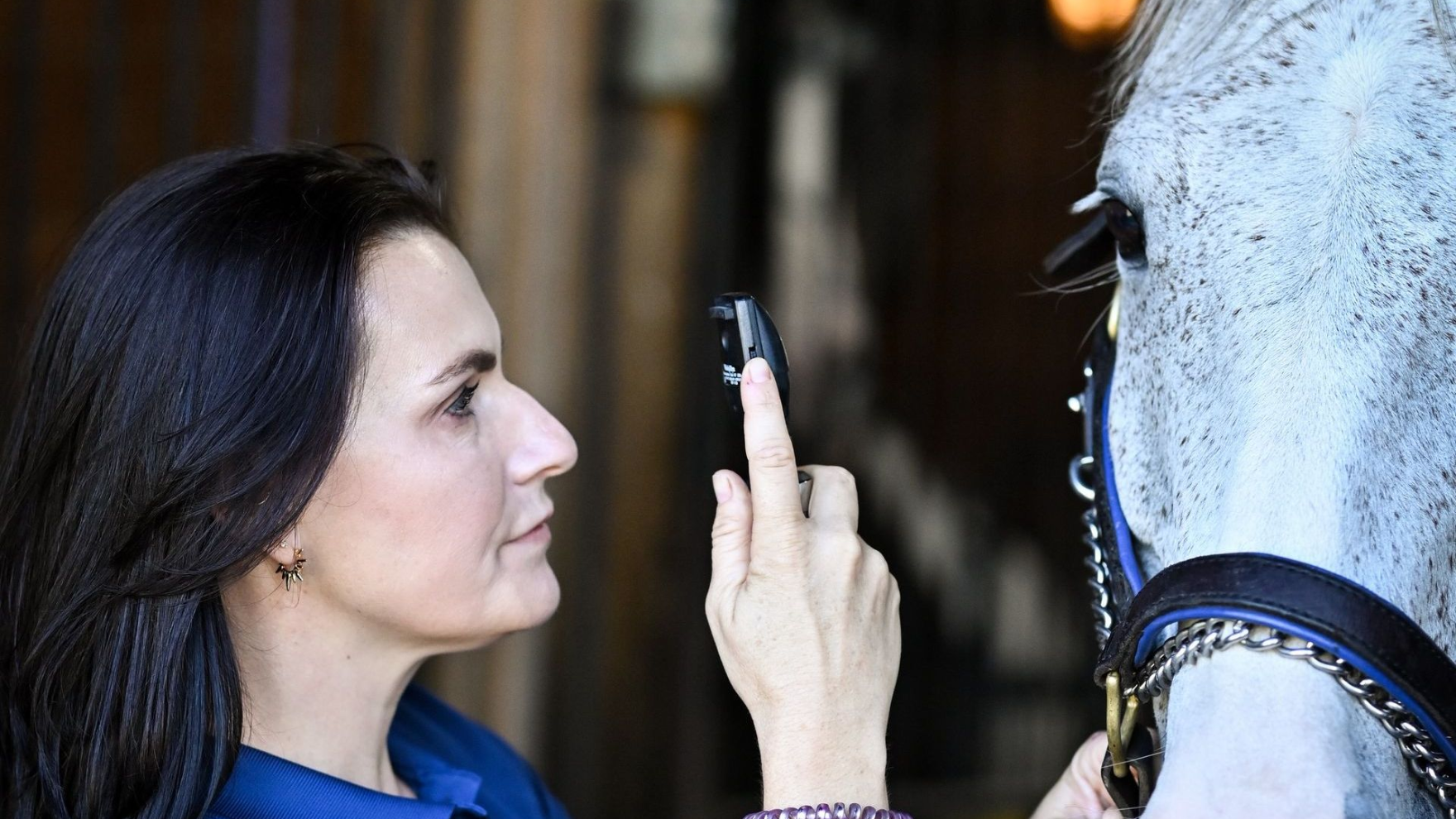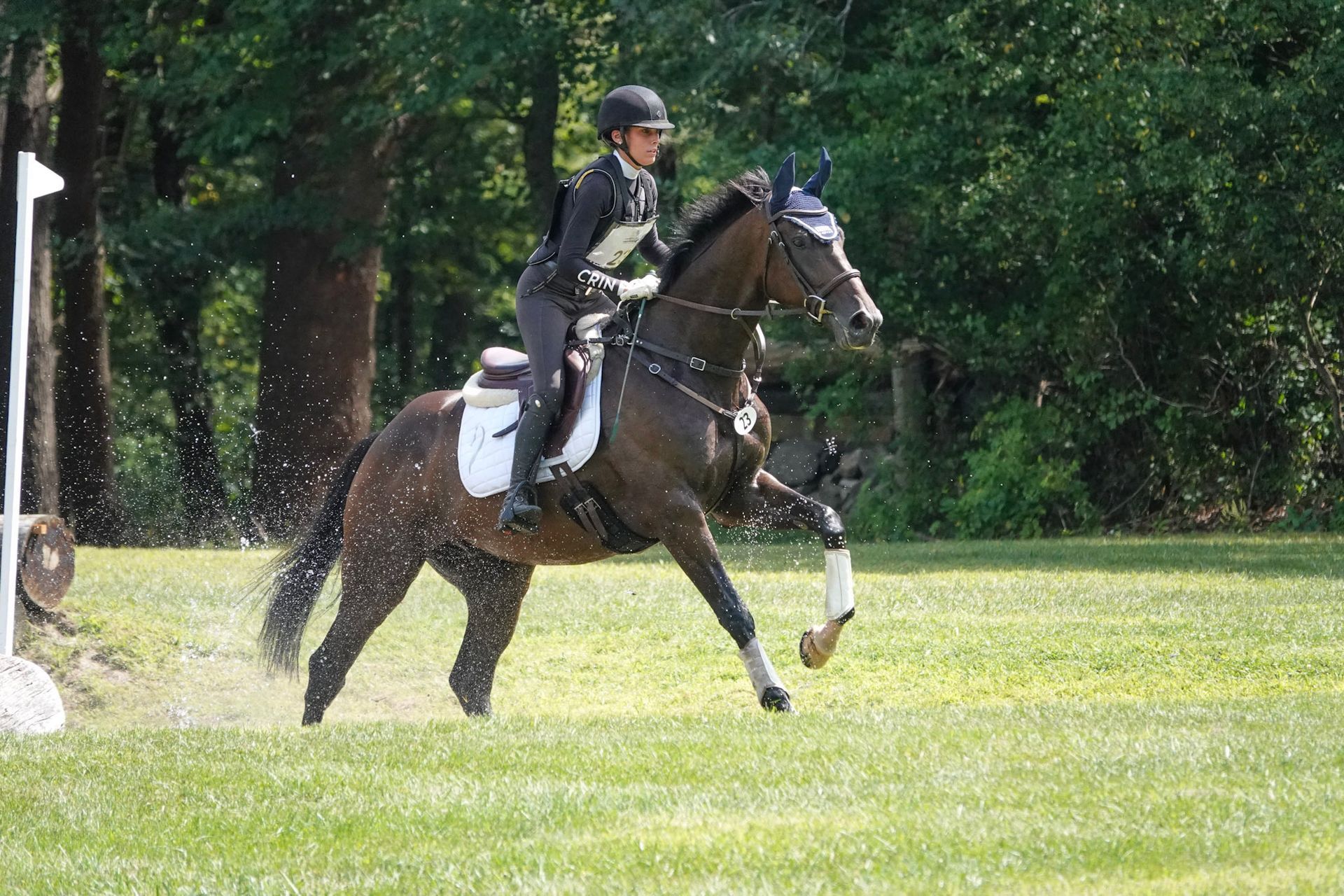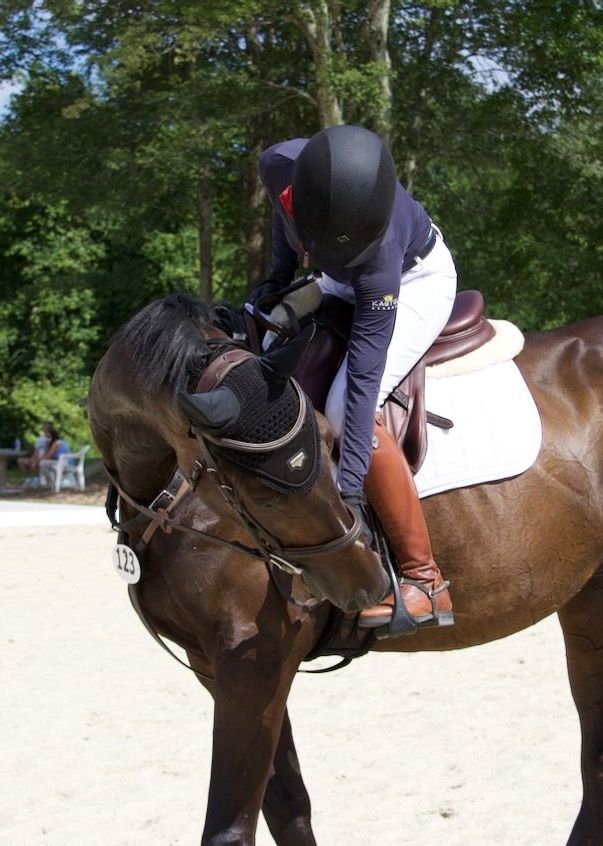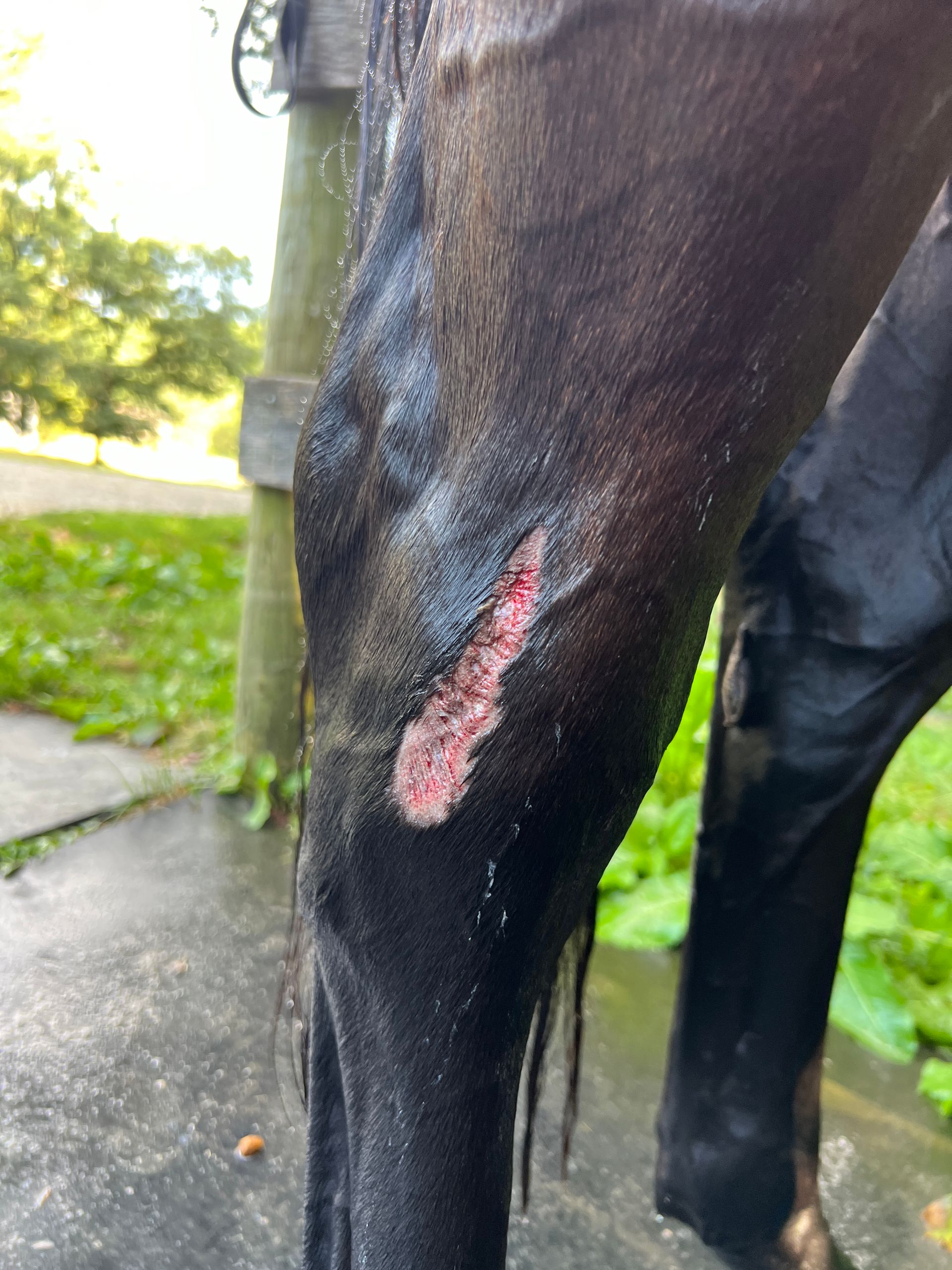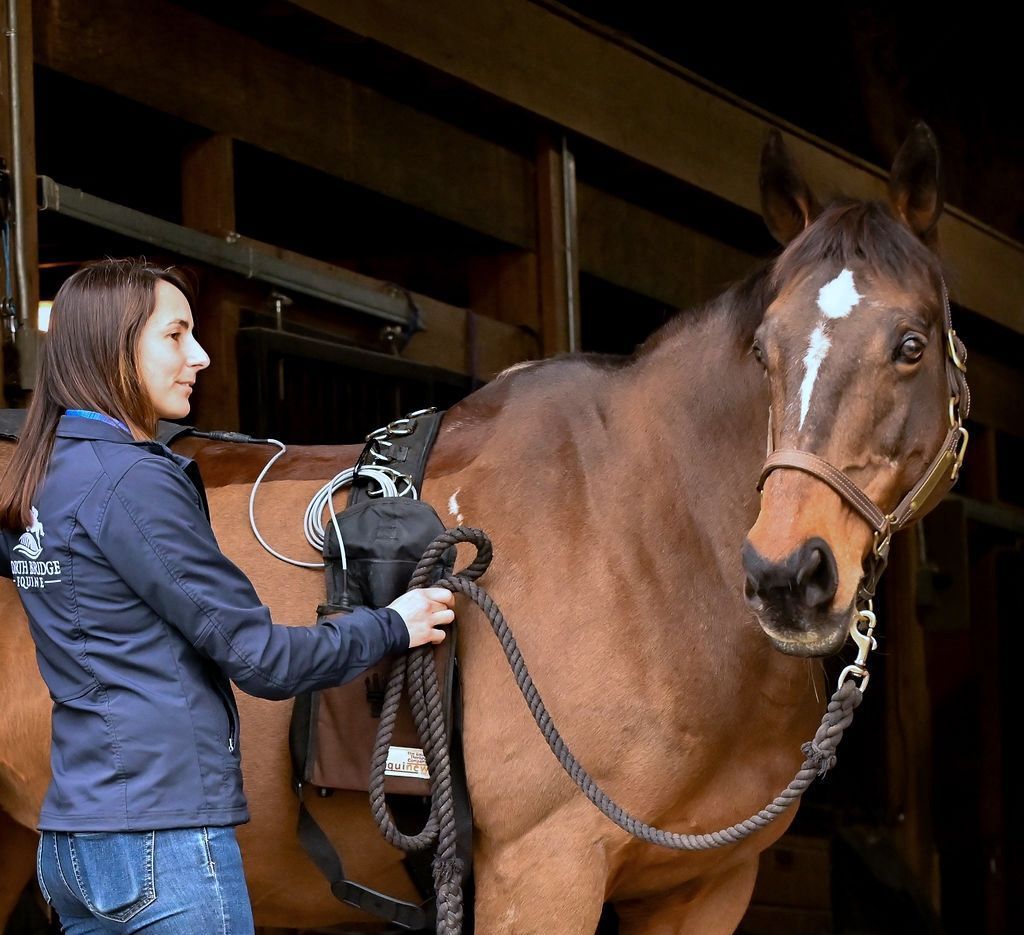Blog
Penny's Healing Journey: Overcoming a Devastating Injury
Follow Penny’s incredible journey from injury to jumping crossrails once again
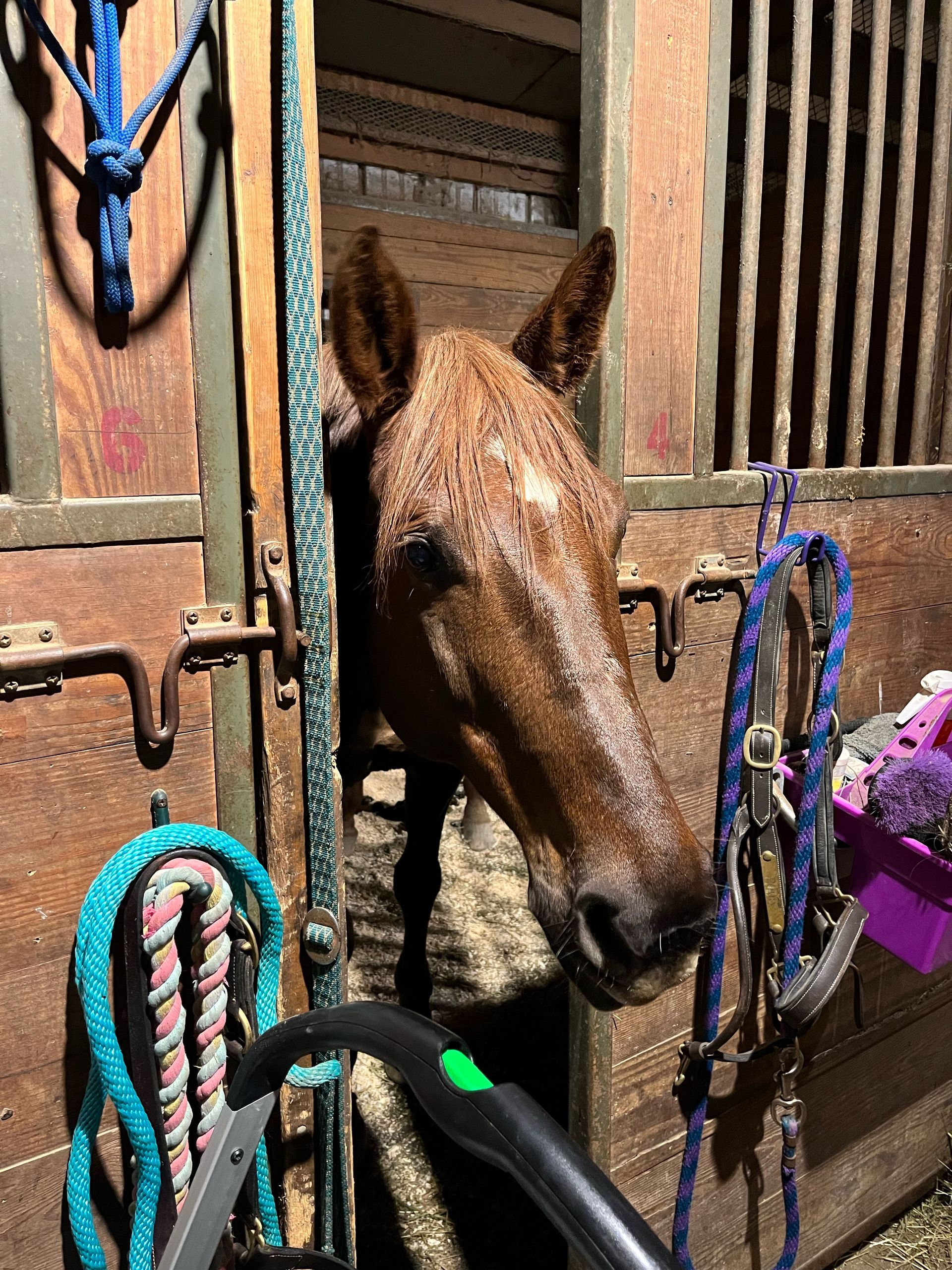
Penny is a smallish and fairly plain 18-year-old chestnut Quarter Horse mare who came to NBEA with a history. Penny definitively did NOT like the vet. She would break out into a sweat when she heard the truck drive in and had to be cornered and lip-chained in the stall to get sedation for whatever procedure needed to be performed. And Penny, unfortunately, needed the vet a lot. Her registered name is "Mama’s Last Cent," and she has definitely put that name to the test.
Dr. Shen prides herself on her fear-free approach and has a proven track record with needle-shy horses. Penny has now been Dr. Shen’s patient for almost 10 years and has been entirely reformed, no longer afraid of needles. Her owner can walk into her stall and give her Adequan without even a halter on. Penny is one of Dr. Shen’s favorite patients. And Dr. Shen is one of Penny’s favorite people.
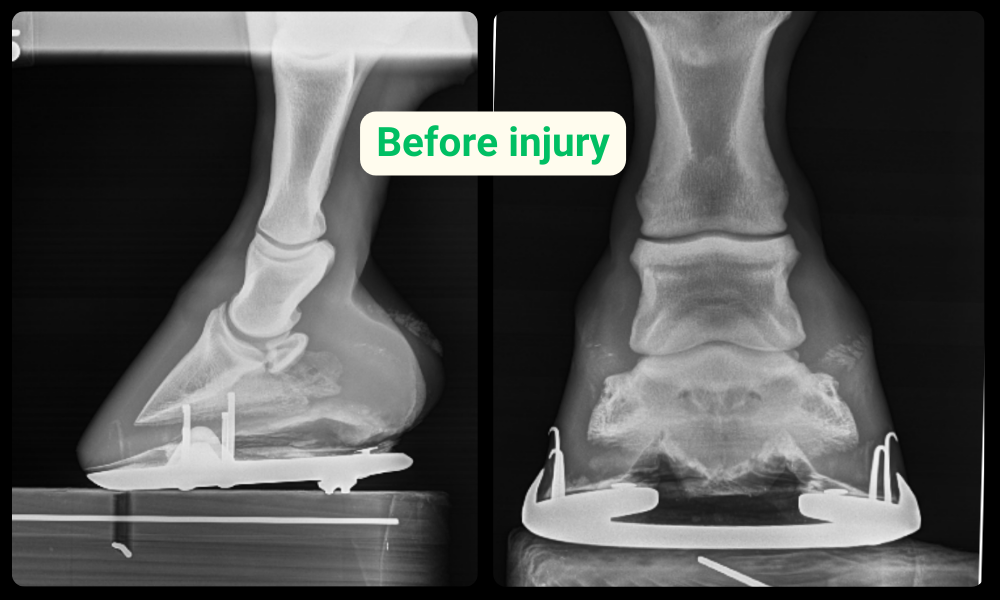
Two years ago, on New Year’s Eve, Dr. Shen was on call and received an emergency call from Penny’s owner. Penny was standing in her paddock in the rain and wouldn’t or couldn’t move. Dr. Shen headed out to assess the situation and arrived to find Penny in the barn but very lame on her left front. After an abscess was preliminarily ruled out, X-rays were taken to rule out a fracture. While no major bone fracture was present, Penny did have a few very small bone fragments around her pastern joint associated with the ligaments that hold the pastern joint together as well as a subluxation of the joint. Part of the cartilage was obviously crushed on X-ray, and the bones were no longer in straight alignment. Ultrasound revealed a full tear of the lateral collateral ligament of the pastern. Penny’s leg was treated to decrease pain and swelling, and anti-inflammatory medications were given. The prognosis for a return to riding soundness was poor and while pasture soundness would have been acceptable, it was also not guaranteed.
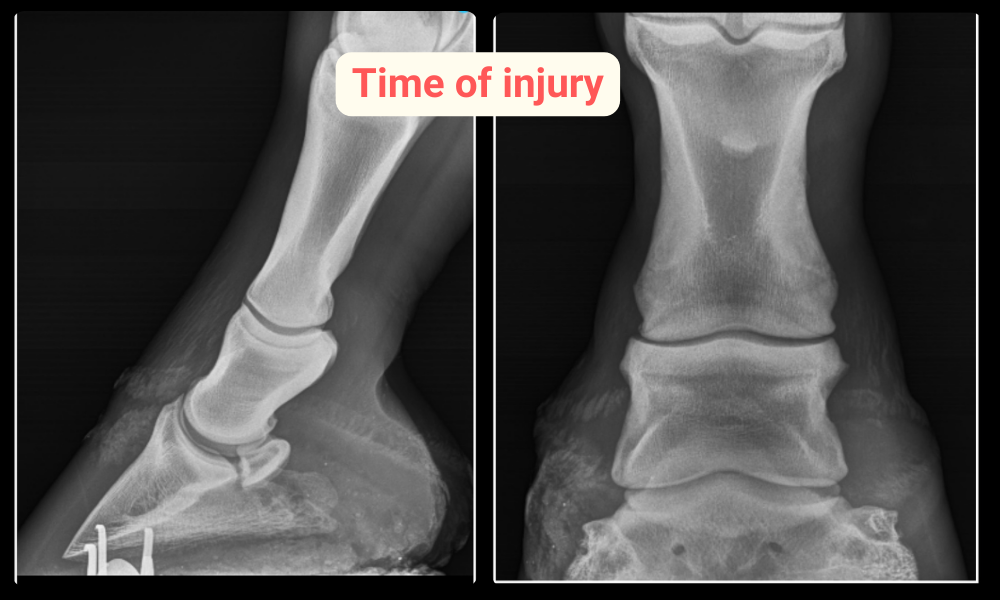
Dr. Shen decided to place a cast on Penny’s foot from the pastern down, called a slipper cast. While Penny was still lame at the walk, the severity significantly improved as soon as the cast was on.
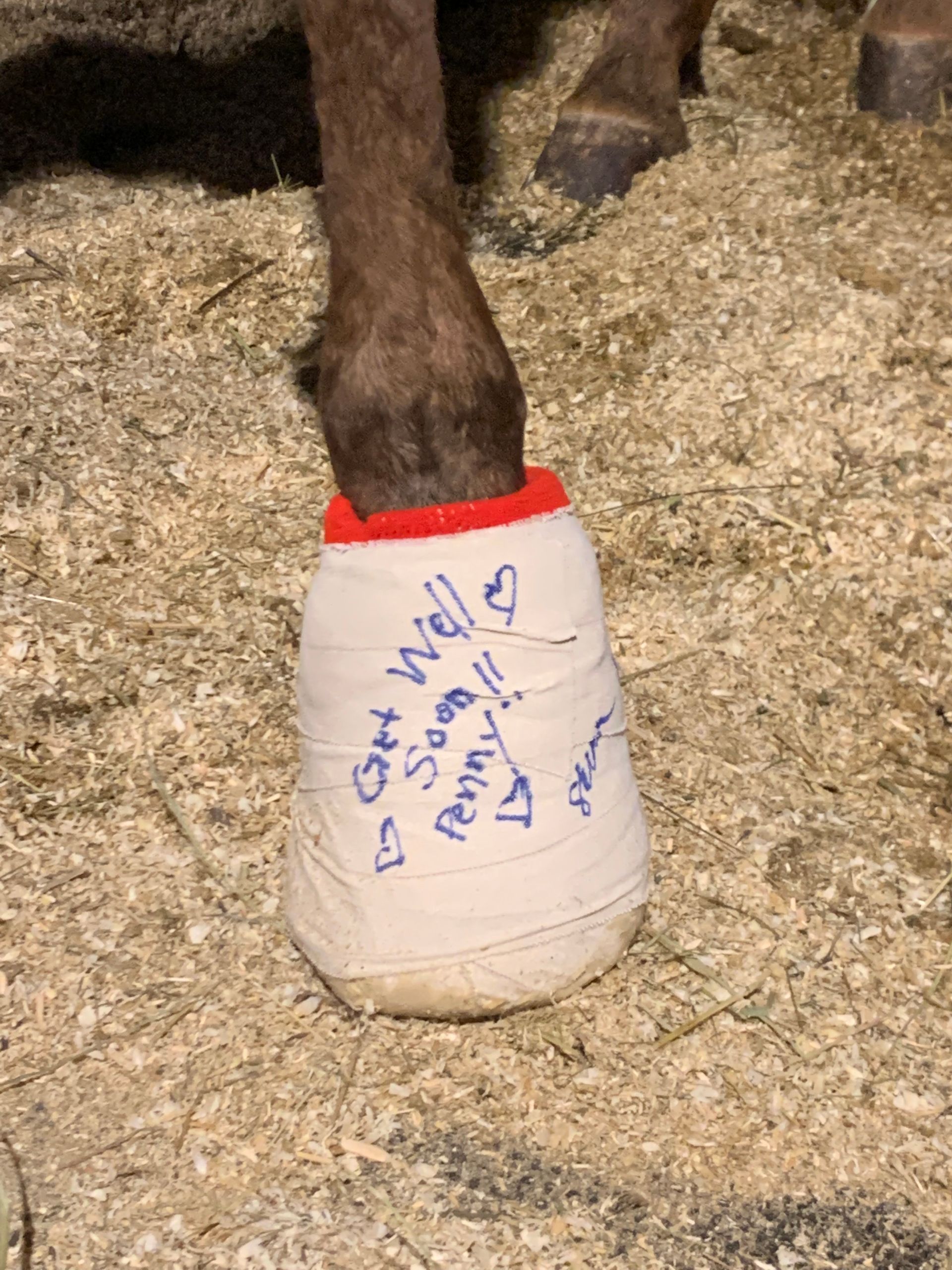
Over the next 3 months, Dr. Shen and her technician Sheena placed a series of 3 casts on Penny. Even though she was confined to her stall and a stall-sized pen complete with a pop-up tent shade just outside her stall, Penny was an exemplary patient. She also ate a lot of hay and donuts (not prescribed by Dr. Shen).
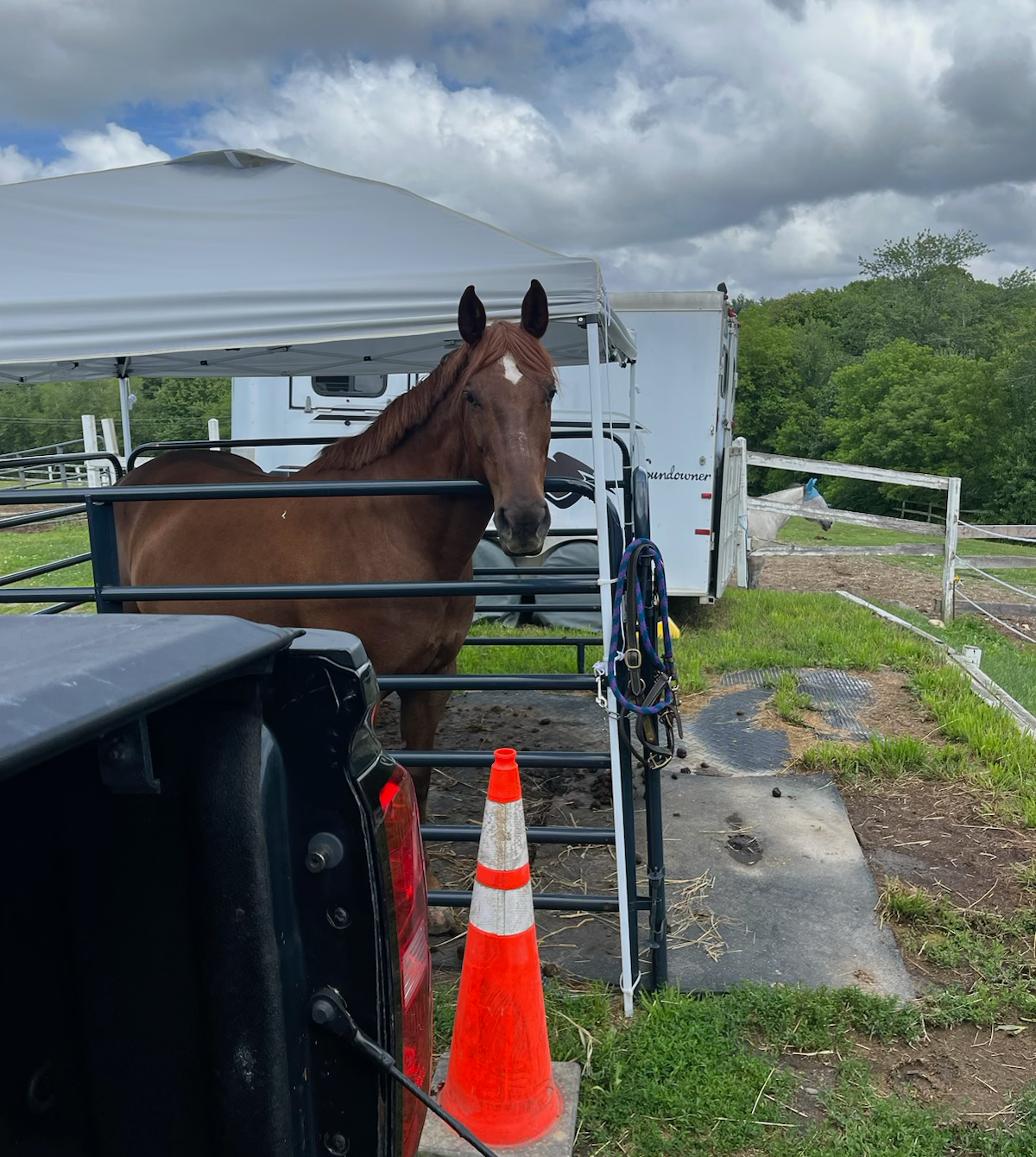
Over the next year, Penny’s soundness increased, and Dr. Shen was optimistic that pasture soundness was a reality. Penny would frequently let herself out and graze all over the farm, visiting all her friends and taunting them with her freedom. Despite this unauthorized exercise, Penny behaved herself and never ran. She provided her own physical therapy that year and thrived in the no-expectation environment.
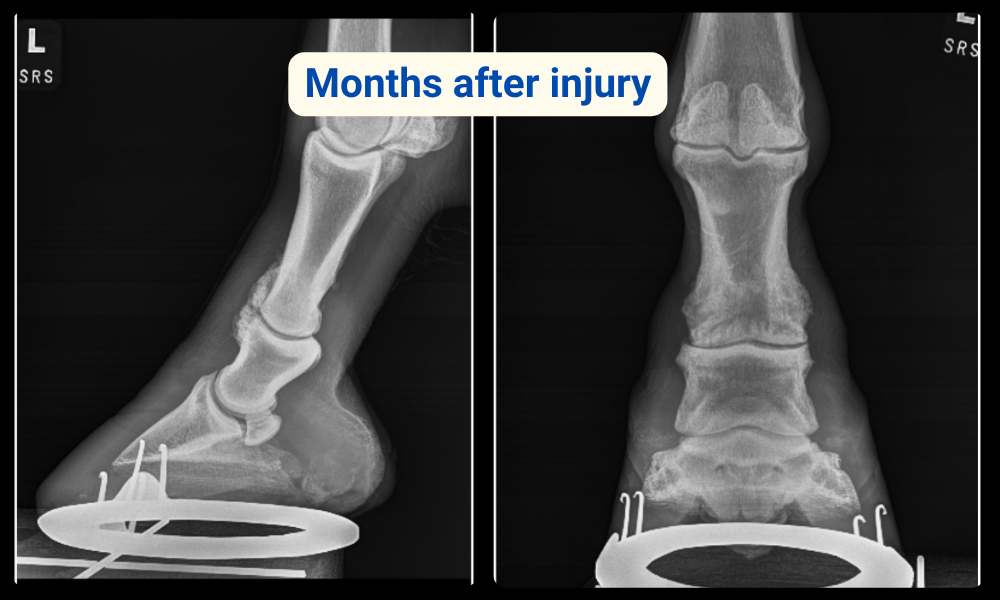
One day, her owner watched tearfully as Penny trotted across the paddock and wasn’t lame on her left front (although she may have been lame everywhere else since it had been so long since she had any maintenance). But most importantly, she wasn’t lame on the left front! At this point, Dr. Shen rechecked Penny and cleared her for starting some walking rehab under saddle.
It’s now been more than 2 years, and Penny has surpassed all expectations for her recovery. She enjoys giving some light lessons, although sometimes the chestnut mare comes out and she bucks kids off. She has even recently been jumping some small crossrails, which is her absolute favorite, next to donuts of course.
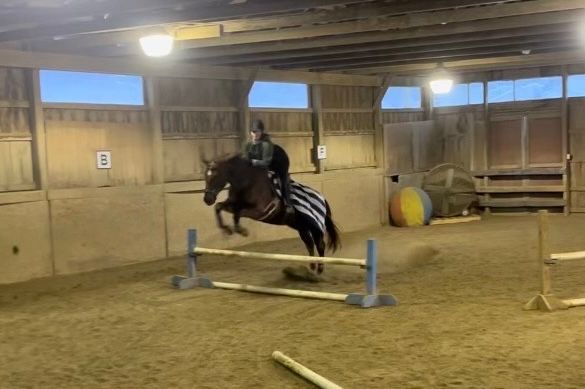
Recent Posts
